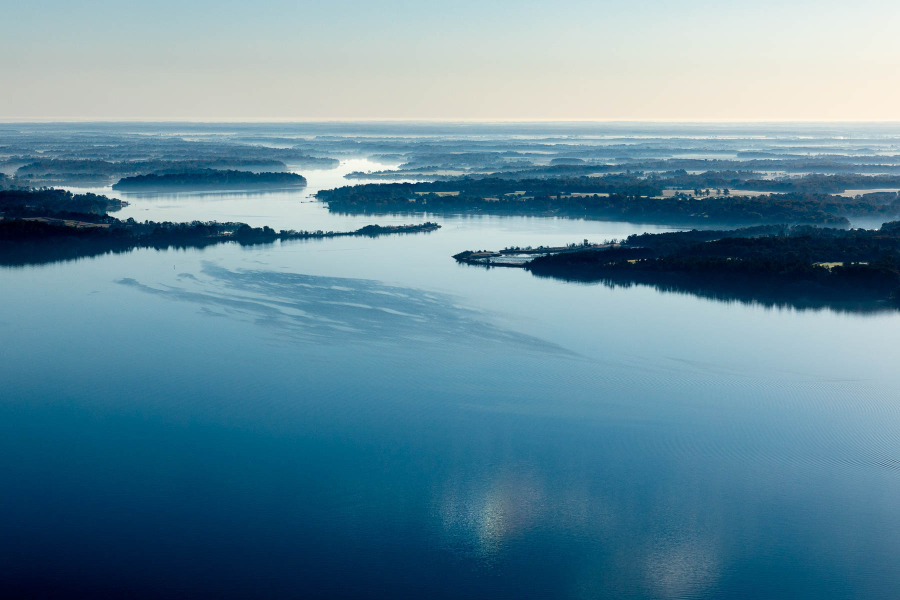A dry spring brings about a small dead zone, according to annual forecast
The summer dead zone is predicted to be 33% smaller than the long-term average

If you have plants in your yard, work on a farm or follow weather forecasts regularly then you probably noticed that this year we had a particularly dry spring.
Despite a few storms, the Chesapeake region didn’t get much rain this season, putting a strain on crops and plants. However, that lack of rain does have an upside: due in large part to less stormwater runoff, the Chesapeake Bay dead zone is expected to be one of the smallest on record, which is great news for blue crabs, oysters and fish.
When rain hits the land, it washes nutrient pollution found on farms, yards and streets into the water. Those nutrients cause algae in the water to grow intensely and then quickly die off, which sucks oxygen out of the water. This forms low-oxygen, or hypoxic areas, known as dead zones.
If you’ve ever seen pictures of fish washing up on the shore or observed an unsightly green, brown or reddish film covering the surface of the water, that’s likely due to hypoxic areas and algae blooms. When these areas form, the survival rate of blue crabs, oysters, fish and other aquatic life decreases.
But in 2023, river flows from rainfall were 20% less than average. As a result, the summer dead zone is predicted to be 33% smaller than the average taken between 1985 and 2022.
We know this thanks to a group of researchers brought together by the Chesapeake Bay Program, with partners that include the University of Maryland Center for Environmental Science, University of Michigan, the U.S. Geological Survey and the Virginia Institute of Marine Science. These scientists work together on a model that takes into account rainfall, nutrient runoff, weather and various other factors.
According to the researchers, the amount of nitrogen pollution flowing into the Bay from its watershed in 2023 was 42% lower than the long-term average. This included 74 million pounds of nitrogen recorded at nine river input monitoring (RIM) stations and 5.2 million pounds tracked from wastewater treatment plants.
Less rainfall means that fewer of these nutrients were washed or discharged into the water. However, there are other factors impacting nutrient runoff, such as efforts to keep nutrients off the land or out of the water in the first place.
Across the region, the Chesapeake Bay Program coordinates and funds tree plantings, forest conservation, living shorelines, rain gardens and various other practices that absorb nutrients and keep them from being able to enter the water. States and jurisdictions within the watershed also upgrade and maintain wastewater treatment plants that are able to take a significant portion of nutrients out of the water before discharging it into rivers and streams.
Residents of the Bay can play a part, too. If you would like to help keep the estuary’s dead zone to a minimum, consider using less fertilizer and chemicals that may contain nutrients. You can also plant trees, rain gardens and other conservation landscapes that soak up those nutrients.

Comments
There are no comments.
Thank you!
Your comment has been received. Before it can be published, the comment will be reviewed by our team to ensure it adheres with our rules of engagement.
Back to recent stories